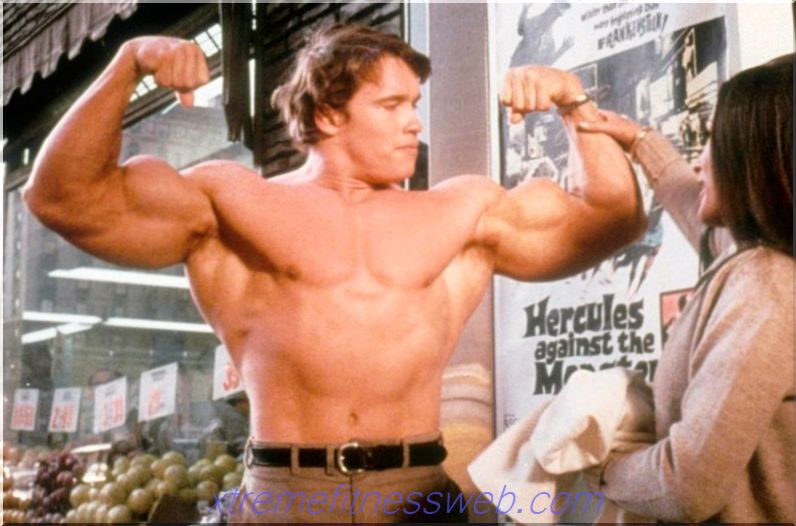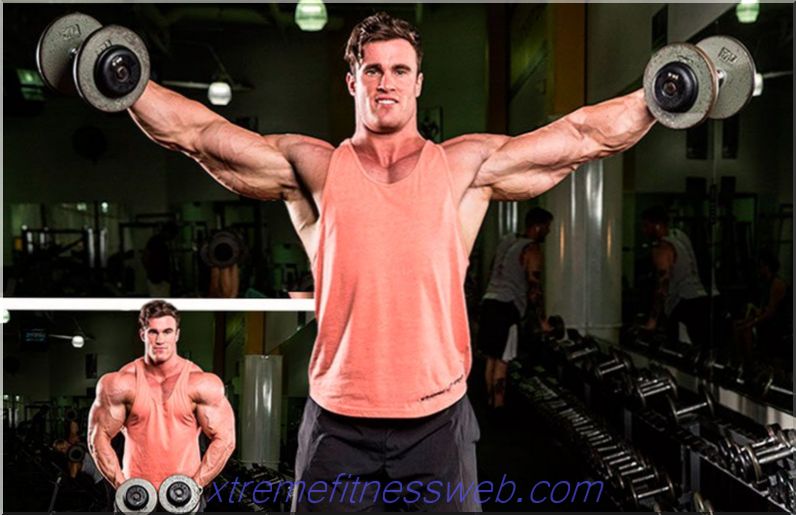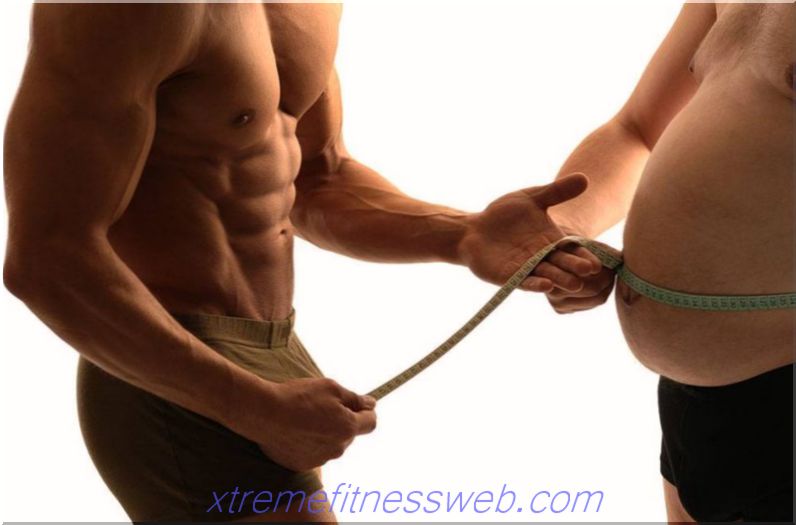- Sports Exercise Classification
- Basic exercises
- Isolating exercises
- Basic basic exercises
- Isolating exercises

There are many sports exercises aimed at the study of various muscle groups. They, in turn, are also divided into various subspecies. And in order to achieve the goal when building muscles, the athlete must be able to choose the right exercises.
Content
- 1 Classification of sports exercises
- 2 Basic exercises
- 3 Isolating exercises
- 4 Basic basic exercises
- 4.1 Back
- 4.2 Pectoral muscles
- 4.3 Deltoid muscles (shoulders)
- 4.4 Biceps
- 4.5 Triceps
- 4.6 Feet
- 5 Isolating exercises
- 5.1 Chest
- 5.2 Deltoid muscles
- 5.3 Biceps
- 5.4 Triceps
- 5.5 Feet
Sports Exercise Classification
A variety of exercises can take a novice athlete by surprise. However, the situation is much simpler than it seems. All exercises, without exception, are divided into two large groups: isolating and basic. A clear idea of each group and the exercises included in it gives the opportunity to competently build the training process for absolutely any athlete.
Basic exercises

They are multi-joint exercises that are aimed at activating more than one muscle group. They are the "backbone" of strength training, they require a lot of strength during execution. The basic exercises include squats that allow you to work simultaneously with muscles such as the cortex, lower dorsal and posterior femoral regions, buttocks, calves, and quadriceps.
Basic exercises allow you to burn a large amount of calories. They imitate real actions. This allows not only to reduce the risk of injury, as it does not require the athlete to perform unusual body movements, but also helps to develop a higher reaction rate, honing the skill of a particular action.
They are aimed at muscle growth and increase in strength indicators, are recommended for inclusion in the training process for those who begin to engage in strength training. This approach to training saves time. It is enough to include from two to three basic exercises in the training to achieve uniform development of all muscles.
Isolating exercises

They are aimed at working out only one muscle, that is, with the involvement of a particular joint. They are considered auxiliary and are also called grinding, because they allow you to clearly correct any particular area. An example of an isolating exercise is biceps flexion, in which only biceps works.
Auxiliary exercises are recommended to be performed by advanced athletes who have quite impressive muscle mass. They help solve the problems of muscle imbalance when a certain area is developed more. For example, if the muscles of the right hand have a more pronounced relief than the left. Grinding exercises are often part of therapy for people who, due to certain circumstances, simply cannot work with any muscle groups.
Insulating exercises are characterized by high efficiency, they can achieve a significant increase in muscle volume. They are best included in the training before the basic ones are completed, in order to prepare the muscles for the upcoming loads, stimulate the so-called sleeping muscle fibers, and use all the hidden potential.
For a better understanding of the big picture, here is a list of basic and isolating exercises.
Basic basic exercises
Back
- Pull-ups on the crossbar, with and without weights, with different grips;
- Rod draft in a slope (it is obligatory to start with an empty bar after instructing the coach, with a belt);
- Dumbbell draft in an inclination with an emphasis with the other hand on the bench;
- Thrust of the upper block to the chest;
- Horizontal thrust block.
- Deadlift (quite dangerous, but extremely effective exercise, under the supervision of a trainer and with an athletic belt).
Pectoral muscles
- bench press on an inclined bench;
- dumbbell bench press on an incline bench;
- bench press on a horizontal bench;
- bench press on an inclined bench upside down;
- dumbbell bench press on a horizontal bench;
- dumbbell bench press on an incline bench, upside down;
- push-ups on the uneven bars (emphasis on the chest, with and without weights).
Deltoid muscles (shoulders)
- bench press from the chest and from behind the head;
- sitting dumbbell bench press;
- pull rod to the chin while standing (broach).
Biceps
- lifting the bar for biceps while standing;
- lifting dumbbells for biceps with supination standing;
- Hammer (hammer bending, hammers);
Triceps
- Narrow grip bench press;
- Push-ups on the uneven bars (triceps accent).
Legs
- Squats with a barbell on the shoulders;
- leg press in the simulator;
- deadlift;
- lunges with a barbell on the shoulders;
- rises on toes standing (the main load on calves).
Isolating exercises

Chest
- wiring of all kinds (for example, information of hands with dumbbells lying on an inclined / horizontal bench) and exercises performed on blocks.
Deltoid muscles
- wiring (swing) of all kinds, lifting dumbbells in front of you.
Biceps
- concentrated bends with dumbbells or with a barbell (on the stop with the elbow);
- bending one hand on a biz card.
Triceps
- extension of arms on a block while standing;
- French bench press;
- extension of one arm from behind the head:
- extension of the arm with dumbbell back in an inclination.
Legs
- Leg extension sitting;
- Bending the legs while standing or lying down;
- Rises on socks while sitting (calves, the main load on the soleus muscle).







